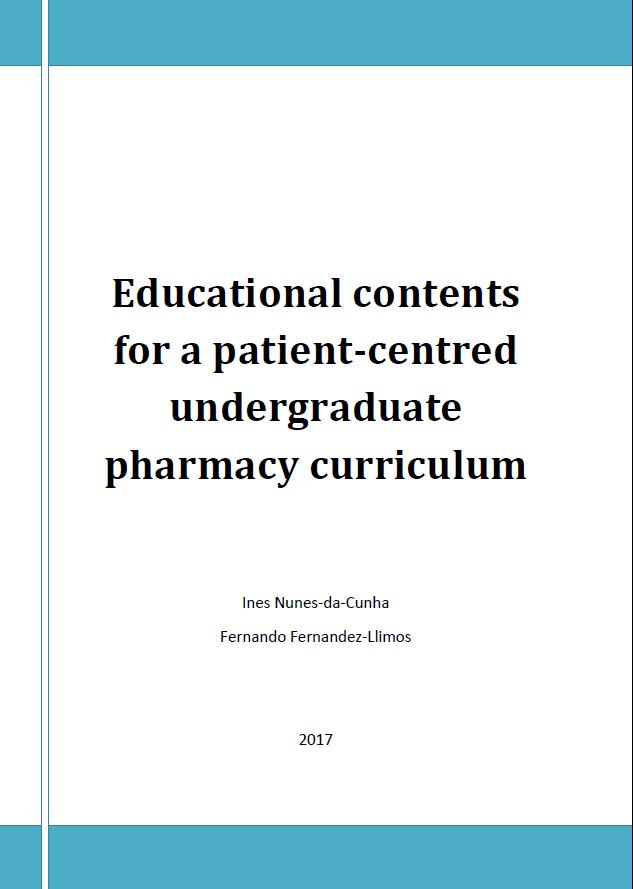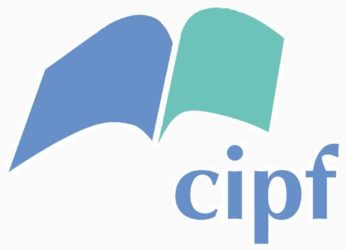
The focus of the pharmacy profession has shifted from products to a patient-centred practice. Worldwide pharmacy education has attempted to adapt to this change in the profession. In countries such as Australia, Canada, New Zealand, and the United States, curriculum changes are focused on clinical models, allowing pharmacy graduates to become more competent professionals in patient-centred care. This shift could be why these countries have been more successful in the implementation of pharmaceutical services, some of which are reimbursed. In Europe, with the Bologna Declaration and the creation of the European Higher Education Area, there was an attempt to change the pharmacy curriculum. However, an analysis of European undergraduate pharmacy curricula indicates that such curricula continue to include a heavy load of basic sciences, but few courses have educational contents that prepare students for a patient-centred practice.
This work’s primary objective is to create a catalogue of educational contents for the undergraduate pharmacy curriculum that focuses on preparing students for a patient-centred practice. This catalogue was not intended to be a catalogue of courses but instead a compilation of contents taught in countries that have widely implemented pharmaceutical services.
The catalogue of educational contents was created through a qualitative analysis of syllabi from schools of pharmacy in Australia, Canada, New Zealand and the United States. The line-up of categories and educational contents did not have a hierarchical order of importance, and the authors are open to collaborative work to further develop the catalogue.
This catalogue of educational contents can assist in the creation of a pharmacy curriculum that prepares students for a more patient-centred practice. Therefore, it is necessary to rigorously align the competencies to be achieved and the corresponding contents to be taught. The relationship between competencies and educational contents must be bi-directional, i.e., the need to achieve new competencies generates new contents, and the emergence of new contents can lead to the acquisition of new competencies.
Authors:
Ines Nunes-da-Cunha, Fernando Fernandez-Llimos
Table of contents
Table of contents
- Background
1.1 Evolution of the profession and pharmacy education
1.1.1 Context
1.1.2 The role of the pharmacist and pharmacy practice
1.2 Changes in pharmacy education
1.2.1 Pharmacy studies in the United States
1.2.2 Pharmacy studies in Europe
1.2.2.1 The Bologna Process: creation of the European Higher Education Area
1.2.2.2 Training for pharmacists
1.2.3 Pharmacy studies in other countries
1.3 The pharmacy curricula
1.3.1 The importance of the curriculum
1.3.2 Designing a curriculum and syllabus
1.3.3 Structure of the pharmacy curriculum
1.3.4 Creating competency frameworks for pharmacy
1.3.5 Use and misuse of competencies - Creating a catalogue of educational contents for a patient-centred undergraduate pharmacy curriculum
2.1 Method for creating a catalogue of educational contents for a patient-centred undergraduate pharmacy curriculum
2.1.1 Location of educational contents
2.1.1.1 Selection of the countries and schools of pharmacy
2.1.1.2 Selection of the courses
2.1.2 Data extraction
2.1.3 Analysis of the programme content
2.1.4 Quality assessment of the coding - Findings
3.1 Creating a catalogue of educational contents for a patient-centred undergraduate pharmacy curriculum
3.2 Quality assessment of the process - Recommendations
Glossary
